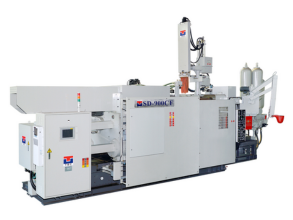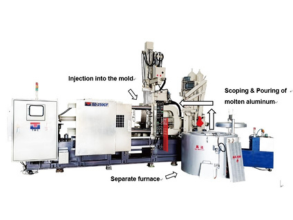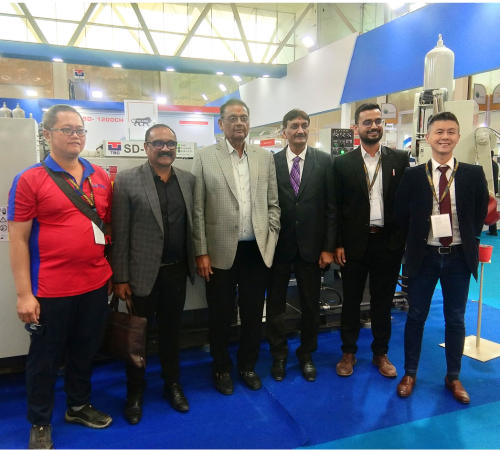Understanding the Aluminum Die Casting Process :From Molten Metal to Precision Parts
The aluminum die casting process is a cornerstone of modern manufacturing, enabling the production of complex, lightweight, and durable metal components. This method is highly valued across industries for its ability to produce parts with excellent dimensional accuracy and surface finish. In this article, we will explore the aluminum die casting process, its advantages, applications, and recent technological advancements, providing a detailed overview for manufacturing engineers and product designers.
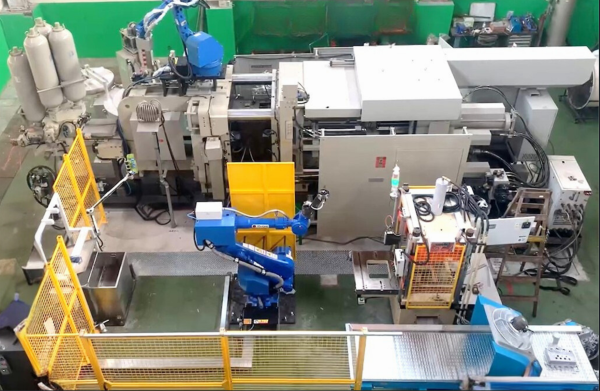
Introduction of Aluminum Die Casting
Die casting is a versatile and efficient metal casting process that has been widely adopted in various industries. Aluminum die casting, in particular, has gained immense popularity due to the metal's favorable properties, such as lightweight, strength, and corrosion resistance. Recent data shows that the global die casting market size is estimated to reach USD 82.86 billion in 2024 and is projected to grow to USD 112.14 billion by 2029, at a CAGR of 6.24% during the forecast period. This growth is driven by increasing demand for lightweight and high-conductivity components in automotive, aerospace, and electronics industries.
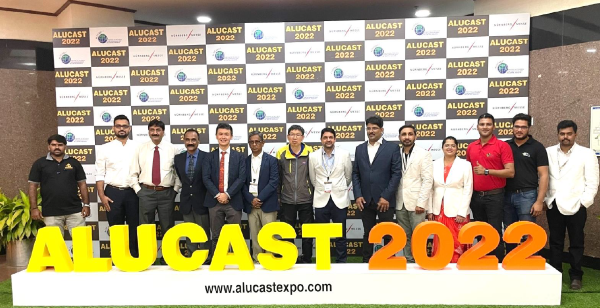
Read : GDC TECH exhibition event
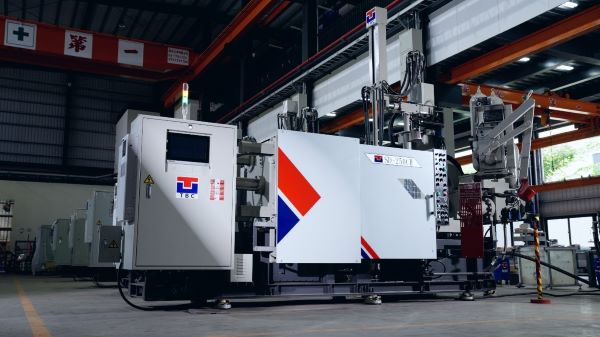
Overview of the Aluminum Die Casting Process
The Basics of Die Casting
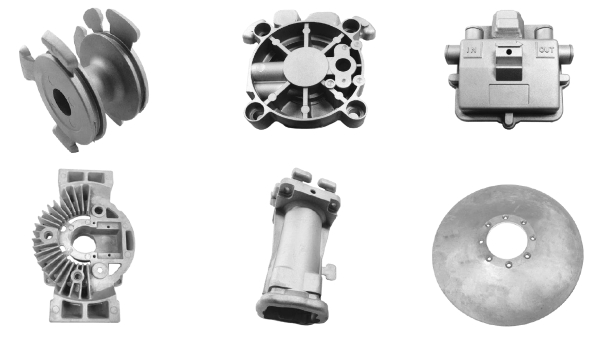
The aluminum die casting process involves injecting molten aluminum into a mold cavity under high pressure. This method can be broken down into several key steps:
-
Mold Making:The first step is to create a mold, also known as a die, which is typically made from steel. The mold is designed with precision to shape the aluminum into the desired component used in aluminum die casting process.
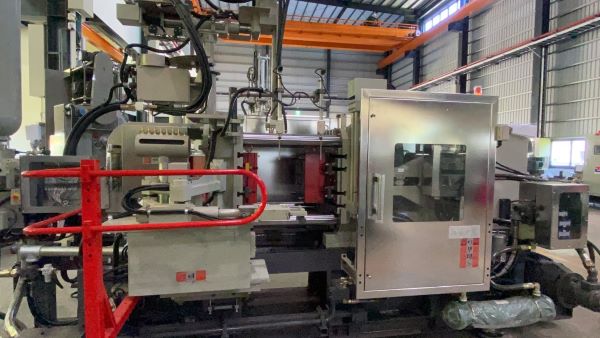
-
Melting and Pouring Aluminum:Aluminum ingots are melted in a furnace at high temperatures.
Once melted, the aluminum is poured into the mold cavity using a cold chamber die casting machine. Hot chamber machines are used for zinc alloys which means metals with low melting points, while cold-chamber machines are suitable for metals like aluminum that have higher melting points. Die-cast alloys are not only resistant to high operating temperatures, they are also fully recyclable.
-
Injection:When the molten aluminum reaches the required temperature and pressure, it is injected into the mold very quickly by die casting automation. To ensure the molten metal filling the entire detail of the mold.
-
Cooling:The molten aluminum cools and solidifies in the mold cavity, taking the shape of the mold. This cooling process can be controlled to influence the microstructure and properties of the cast part.
-
Ejection:After the aluminum has solidified, the die is opened, and the cast part is ejected from the mold. Use with die-casting equipment for extracting the component.
-
Trimming:The final step involves removing excess material, known as flash, from the cast part to achieve the desired dimensions and surface finish.
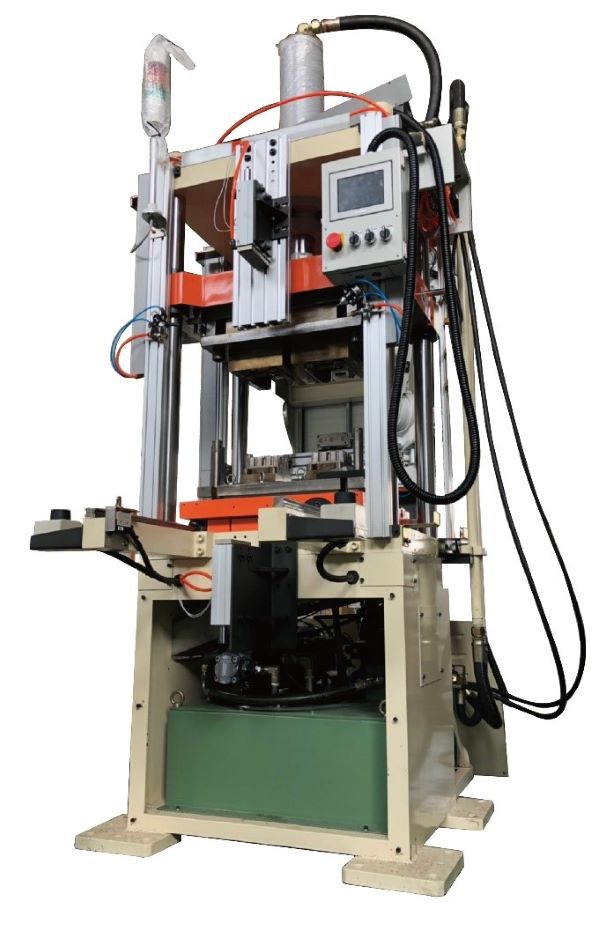
Aluminum’s Unique Advantages
Aluminum is a preferred metal for die casting due to its unique properties. It is lightweight, making it ideal for applications where weight reduction is crucial, such as in the automotive and aerospace industries. Aluminum also offers excellent thermal conductivity, which is beneficial for heat dissipation in electronic components. Additionally, aluminum is corrosion-resistant, providing durability and longevity to the parts produced.
Advantages of Die Casting
Die casting offers several advantages over other metal casting processes:
-
High-Speed Production : Die casting allows for the rapid production of large quantities of parts, making it ideal for mass production.
-
Dimensional Accuracy and Stability : The process produces parts with tight tolerances and consistent dimensions, reducing the need for additional machining.
-
Smooth Cast Surfaces : Die cast parts have excellent surface finishes, often requiring little to no post-processing.
-
Ability to Produce Complex Parts : The process can produce intricate shapes and thin-walled components, which would be challenging to achieve with other methods.
Compared to processes like sand casting or forging, die casting provides superior dimensional accuracy and surface finish, making it the preferred choice for many high-precision applications.
Applications of Aluminum Die Casting
Aluminum die casting is employed in a wide range of industries:
-
Automotive & Motorcycle:This industry relies heavily on aluminum die casting for engine components, transmission housings, and structural parts, contributing to vehicle weight reduction and fuel efficiency.
-
Aerospace:Lightweight aluminum parts are essential in aircraft manufacturing, including components like brackets, housings, and airframes.
-
Electronics:The excellent thermal conductivity of aluminum makes it ideal for heat sinks, enclosures, and other components in electronic devices.
-
Consumer Goods:Aluminum die casting is used to produce parts for appliances, power tools, and sporting equipment.
-
Mechanicals / Home Appliances & Lighting:Specific examples of products that utilize aluminum die casting include engine parts, gearboxes, housings for electronics, and structural components in various industries.
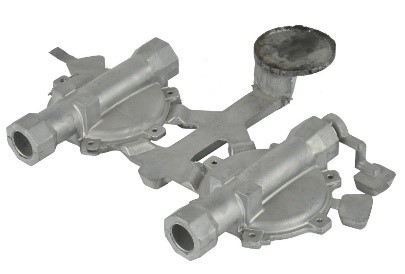
|
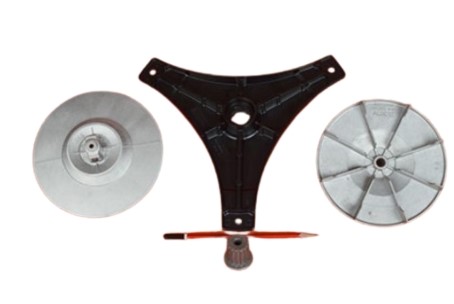
|
Technology Advancements in Die Casting
The aluminum die casting industry has seen significant advancements in recent years:
-
Automation : The integration of robotics and automation in the die casting process has improved efficiency, consistency, and safety.
-
Simulation Software : Advanced simulation tools allow manufacturers to optimize the design and manufacturing process, reducing defects and material waste.
-
Meter-in Injection System : TBC's innovative Meter-in Injection System represents the pinnacle of die-casting technology. This system uses a new hydraulic circuit design to achieve acceleration of 80G and speeds up to 8 m/s. Equipped with German proportional solenoid valves, it provides precise multiphase low-speed control, significantly reducing porosity in castings. This ensures flawless surfaces and stable quality, crucial for pressure-bearing products and laminar flow die-casting.
These advancements have not only enhanced the quality and precision of die cast parts but also contributed to more sustainable manufacturing practices by reducing energy consumption and waste.t
The Meter-In injection system is also a standard feature on TBC CH model die-casting machines. With this function, even for challenging molds, the product quality and the machine's production output and performance are not inferior to those of Japanese die-casting machines.
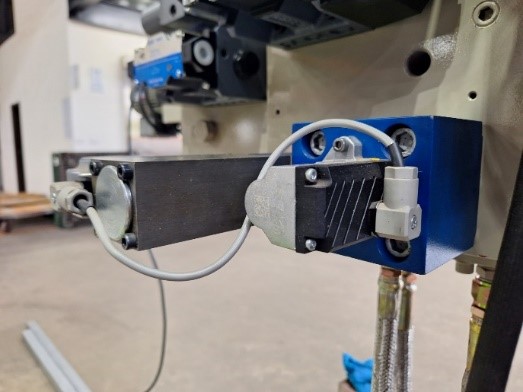
Case Study:Our Success with Aluminum Die Casting
In India, a country with frequent power outages due to insufficient power supply, ensuring smooth production and timely delivery of goods despite these limitations is a common challenge.
Customers often choose our company's TBC die casting machines equipped with energy-saving systems, which can reduce monthly electricity consumption by up to 30% compared to traditional motors.
Traditional hydraulic systems utilize a standard induction motor operating at a fixed speed to drive a hydraulic pump. Even when the equipment is not in use, the system continues to consume 30% to 40% of the motor's rated power.
Our energy-saving system integrates servo technology with hydraulic technology, employing a combination of gear pumps and permanent magnet synchronous servo motors. This innovative approach enables simultaneous control of pressure and flow, resulting in high efficiency, high production efficiency, and high control accuracy.
Benefits:
-
High dynamic response : Ensures quick and precise adjustments to production processes.
-
Water and fuel savings : Reduces the consumption of essential resources.
-
Energy conservation and environmental protection : Contributes to a more sustainable future.
By choosing our TBC die casting machines with energy-saving systems, you can effectively address the challenges posed by frequent power outages in India and optimize your production processes for efficiency and sustainability.
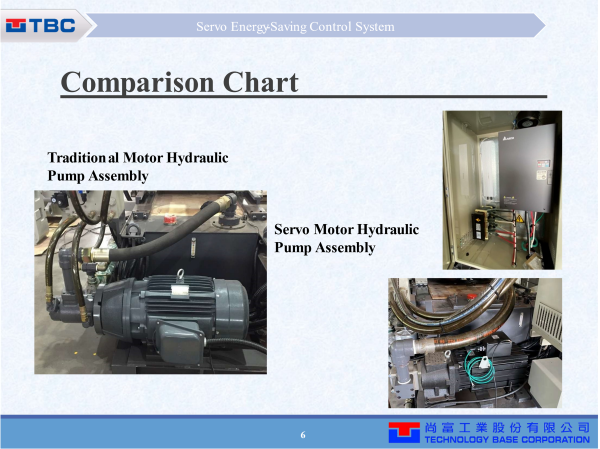
Partner with TBC for Expert Aluminum Die Casting Solutions
At TBC, we are committed to delivering high-quality aluminum die casting solutions tailored to your specific needs. Whether you are in the automotive & motorcycle, aerospace, electronics, consumer goods or mechanicals / home appliances & lighting industry, our cutting-edge technology and experienced team are ready to help you achieve your manufacturing goals. If you are interested in learning more about our aluminum die casting machines or have a project in mind, we invite you to reach out to us.
Contact TBC today to discuss your requirements and explore how our expertise can drive your business forward.
